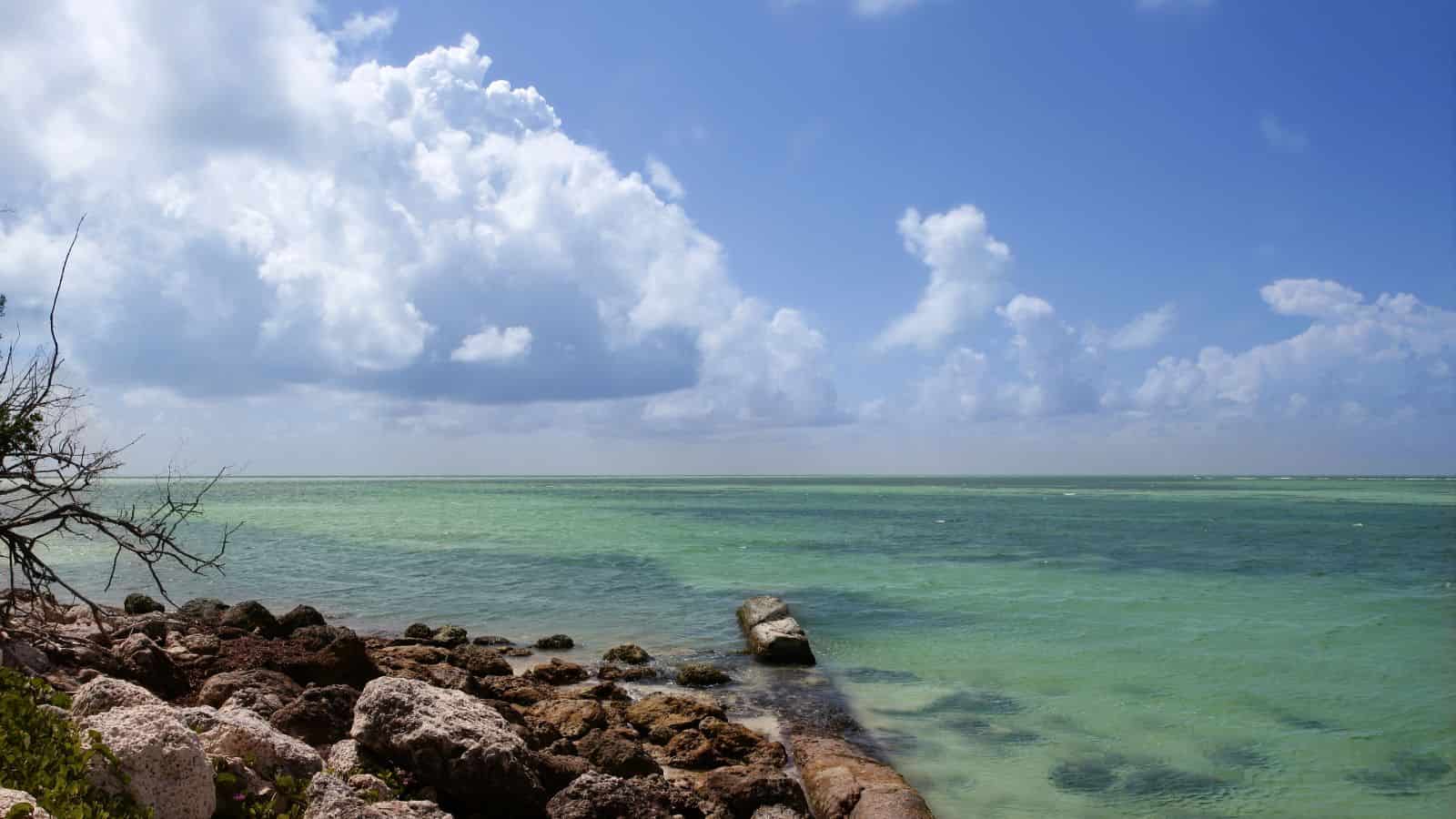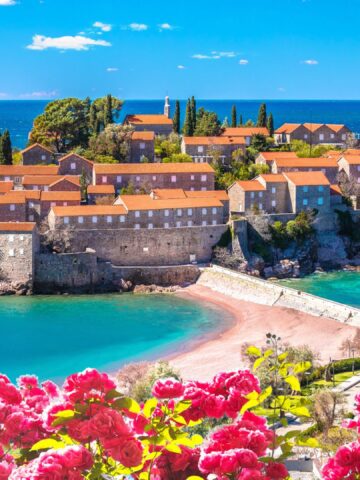Some parts of American life are changing so quickly that they may not always be around. There are things in the U.S. you should appreciate before they’re gone, from classic roadside diners and historic theaters to natural wonders facing environmental pressure. These pieces of culture, history, and daily experience have shaped generations, yet many are disappearing due to modernization, climate change, or shifting lifestyles.
With these reminders, it becomes easier to notice the value of traditions and landmarks while they still exist. Whether it’s enjoying a drive-in movie, visiting a small-town main street, or seeing a natural site under threat, the time to experience them is now. Explore what’s at risk of fading and make space to enjoy these moments before they become memories. Appreciating them today could make the difference in keeping their stories alive for the future.

The Everglades

The Everglades in Florida is a vast network of wetlands, prairies, and forests that is home to rare and endangered species like the Florida panther and the American crocodile. Rising sea levels, urban development, and pollution are putting enormous strain on this ecosystem. Saltwater intrusion threatens freshwater habitats, and invasive species such as Burmese pythons disrupt the natural balance. Conservation efforts are ongoing, but the pace of environmental change is challenging to match. Protecting the Everglades is crucial for biodiversity, water supply, and preserving an environment that supports both wildlife and surrounding communities.
Glacier National Park’s Glaciers

Glacier National Park in Montana once had more than 100 glaciers, but only about 25 remain today, and they are shrinking rapidly due to rising global temperatures. Scientists estimate that most could disappear within a few decades. The loss of glaciers affects the park’s ecosystems, from altering stream flows to threatening species that depend on cold-water habitats. This change also impacts tourism, as visitors travel from around the world to see these icy landmarks. Preserving what remains of the glaciers is critical for maintaining the park’s natural beauty and ecological health.
Alaska’s Permafrost

Alaska’s permafrost, a layer of permanently frozen soil, is thawing at alarming rates due to climate change. This thaw releases large amounts of methane, a potent greenhouse gas, creating a feedback loop that accelerates global warming. Communities built on permafrost are facing sinking buildings, buckling roads, and disrupted infrastructure. The thaw also threatens archaeological sites containing artifacts from ancient Indigenous cultures. Addressing this issue requires both reducing greenhouse gas emissions and finding ways to protect affected communities, as the consequences extend far beyond Alaska’s borders.
The Great Salt Lake

The Great Salt Lake in Utah is shrinking dramatically due to water diversion and prolonged drought. Once a thriving habitat for millions of migratory birds and a hub for brine shrimp harvesting, the lake is reaching record-low water levels. As the lakebed dries, toxic dust containing arsenic and other harmful substances becomes airborne, posing a serious health risk to surrounding populations. The economic and ecological impacts are significant, affecting tourism, local industries, and wildlife. Without decisive action to restore water inflow, this iconic lake could face irreversible decline in the coming years.
Chesapeake Bay

Chesapeake Bay, the largest estuary in the United States, supports an extensive network of fisheries and provides habitat for countless species of birds, fish, and shellfish. Pollution from agricultural runoff, wastewater, and urban development has led to oxygen-depleted “dead zones” where marine life cannot survive. Rising sea levels and warming waters are further stressing the ecosystem. Efforts to clean and restore the bay have seen progress, but the challenges remain immense. Protecting Chesapeake Bay is vital not only for the environment but also for the economies and communities that depend on its resources.
Louisiana’s Coastal Wetlands

Louisiana’s wetlands, which act as a critical buffer against hurricanes and flooding, are disappearing at one of the fastest rates in the world. Every year, thousands of acres vanish due to erosion, sea level rise, and oil and gas infrastructure cutting channels through marshes. These wetlands support diverse wildlife, commercial fisheries, and local communities. Their loss exposes inland areas to stronger storm impacts and threatens cultural heritage sites. Restoration projects are underway, but without large-scale action, this fragile ecosystem could continue to shrink, leaving southern Louisiana increasingly vulnerable to both environmental and economic devastation.
Want to save this?
Hawaiian Coral Reefs

Hawaii’s coral reefs are among the most biologically rich marine ecosystems in the world, supporting thousands of species and protecting coastlines from erosion. Rising ocean temperatures, pollution, and overfishing are causing widespread coral bleaching, which can kill entire reef systems. Once lost, recovery can take decades, if it happens at all. Coral reefs also sustain local economies through tourism and fishing. Scientists and conservationists are working to restore and protect these reefs, but without addressing the root causes—especially climate change—Hawaii risks losing a natural resource that is vital to both ecological balance and cultural heritage.
Joshua Tree National Park’s Joshua Trees

The Joshua tree, a distinctive symbol of the Mojave Desert, is facing steep population declines due to rising temperatures and prolonged drought. Scientists warn that without intervention, many could disappear from large parts of their current range by the end of the century. These trees play an important role in desert ecosystems, offering shelter and food for birds, mammals, and insects. The park is also a popular destination, drawing visitors from across the globe. Losing the Joshua tree would not only impact biodiversity but also erase an iconic part of America’s desert identity.
New England’s Fall Foliage

The brilliant reds, oranges, and yellows of New England’s autumn draw millions of visitors each year, but climate change is shifting the timing and intensity of this seasonal display. Warmer temperatures and erratic weather patterns are stressing trees, while invasive pests and diseases further threaten maple, oak, and birch populations. These forests are not only scenic but also important for local ecosystems and regional economies dependent on tourism. If trends continue, future generations may see shorter, less vivid foliage seasons, changing an experience that has long been a cultural and natural highlight of the region.
California’s Giant Sequoias

Towering for thousands of years, California’s giant sequoias are among the largest and oldest living things on Earth. Recent years have seen unprecedented wildfires, fueled by hotter, drier conditions, destroy significant portions of these ancient groves. Once thought to be nearly fire-resistant, the severity of modern fires has overwhelmed their natural defenses. These trees store massive amounts of carbon, provide critical habitat, and draw visitors from around the world. The loss of mature sequoias is irreversible on a human timescale, making fire management and climate action essential to preserving these extraordinary natural treasures.
The Florida Keys

The low-lying islands of the Florida Keys are on the front lines of sea level rise, with some areas already experiencing regular tidal flooding. Coral reef degradation, stronger hurricanes, and saltwater intrusion into freshwater supplies are compounding the risks. The Keys are home to diverse wildlife, fishing communities, and a tourism industry that fuels the local economy. As waters rise, infrastructure and housing face increasing damage, and some residents may be forced to relocate. Without substantial climate mitigation and adaptation strategies, parts of this island chain could become uninhabitable within the coming decades.
11 Countries With Smart Economies That Might Surprise You

Smart economies are often associated with global powerhouses like the United States, Germany, or Japan, but there are other countries with surprisingly strong economies that may not be as well known. These 11 countries with smart economies, which might surprise you, have employed innovative policies, strategic investments, and forward-thinking leadership to build thriving markets. They’ve found creative solutions to global challenges and leveraged their unique strengths to establish themselves as economic leaders in unexpected ways.
Read More Here: 11 Countries With Smart Economies That Might Surprise You
10 Countries Dominating the World's Intelligence Metrics

Some countries have consistently led the world in terms of intelligence metrics, making them stand out as global leaders in education, innovation, and problem-solving. These 10 countries dominating the world’s intelligence metrics have created environments that foster advanced skills and critical thinking, thanks to their focus on quality education, technological advancement, and investment in research. These nations continue to shape the global landscape from academic achievements to technological breakthroughs.
Read More Here: 10 Countries Dominating the World's Intelligence Metrics




